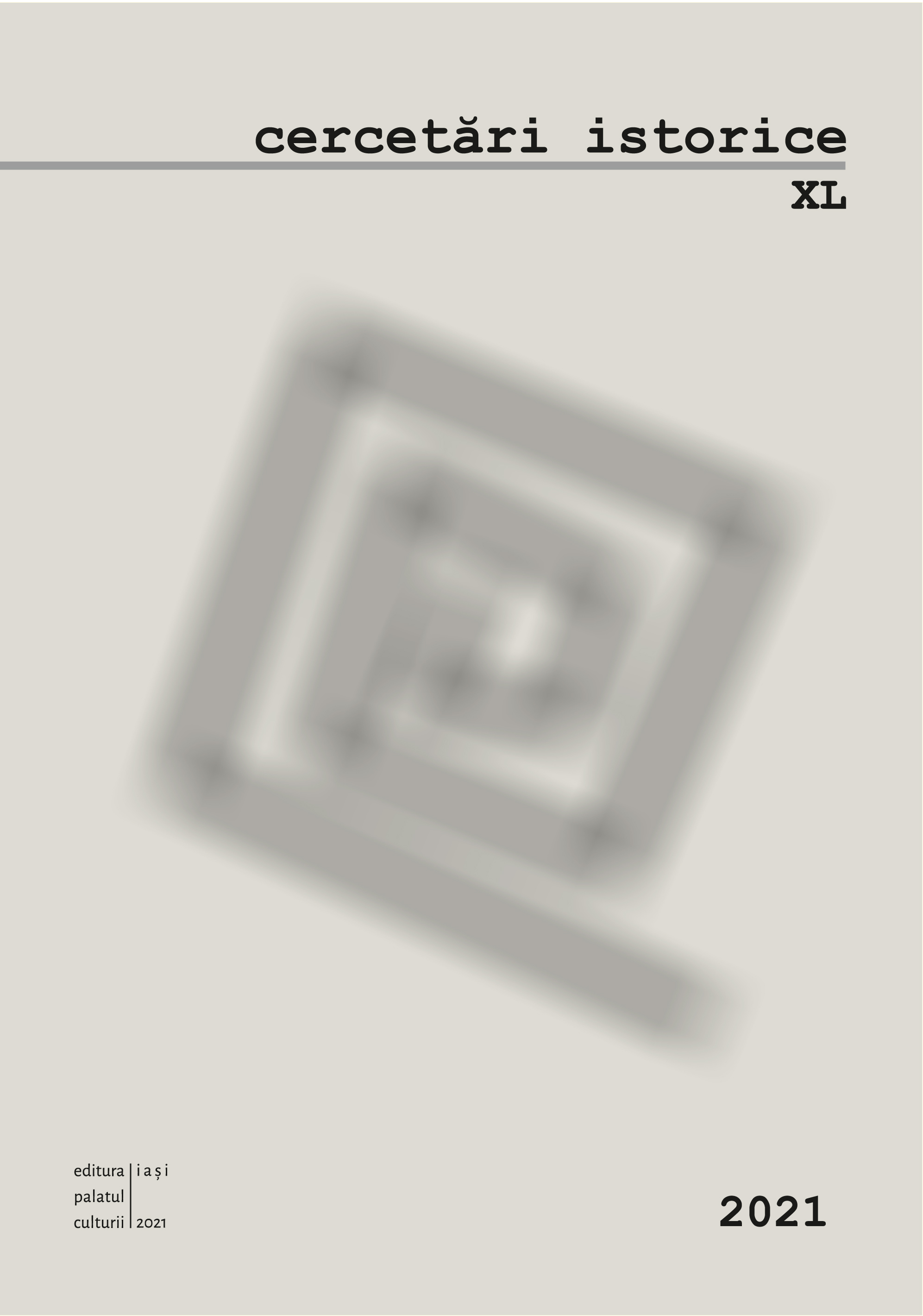LEGĂTURILE SUDICE ALE CULTURII PRECUCUTENI ȘI GRUPULUI ARIUȘD DIN TRANSILVANIA
THE SOUTHERN CONNECTIONS OF PRECUCUTENI CULTURE AND ARIUȘD GROUP IN TRANSYLVANIA
Author(s): Gheorghe Lazarovici, Cornelia-Magda LazaroviciSubject(s): Archaeology, Prehistory
Published by: Editura Palatul Culturii
Keywords: Precucuteni; Ariușd group; Cucuteni; Transylvania; Muntenia; southern connections;
Summary/Abstract: Recently we have completed and expanded our database related to Precucuteni and Cucuteni (phase A) cultures, in order to have a more correct picture of the older or newer discoveries in Transylvania. In this area now there are data with a more clear stratigraphy (as well as others which are unsafe), and new radiocarbon data; all of these offer a better understanding of the moment when these civilizations appeared and also their relations with contemporary civilizations of Transylvania and other areas. Our database involves information related to pottery (ceramic classes, ceramic technique, shapes of pots and decoration) and other sort of artefacts. We have noticed and analysed different opinions related to the appearance of Precucuteni and of genetic elements from other civilizations involved in this process. So, we have analysed elements of linear pottery culture, of Turdaș and of Boian cultures (phases Bolintineanu and Giulești) who contributed to the genesis of Precucuteni in Transylvania. We have also established the evolution of Precucuteni stages in Transylvania (Precucuteni IA, IB; II only elements/imports) based on stratigraphic information and radiocarbon data published until now. In the mentioned area until now there are about 60 archaeological sites with Precucuteni materials (some of them unsafe). The southern elements who contributed to the beginning of Precucuteni are still visible even during Precucuteni IB (Boian- Bolintineanu, Vădastra and Boian-Giulești). At Precucuteni II levels other southern influences appear being reflected by discoveries in Moldavia as well as of sporadic ones from Transylvania: they suggest a new Boian migration after the Giulești phase. We also outlined the similarities and differences related to plastic art (idols) and other artefacts (altars) for Precucuteni discoveries in Transylvania and Moldavia. We have also investigated discoveries related to Ariușd group and our conclusion is that this cannot be separated from the development of Cucuteni. Stratigraphic data as well as the radiocarbon ones from Transylvania suggest its beginning (before 4600–4450 cal BC) in relation to the same southern movement which caused the occurrence of Petrești culture (4800–4500 cal BC); Petrești culture is based on this southern influence, Foeni, with some local elements (Zau and Turdaș). Precucuteni IA starts around 4700 cal BC and Precucuteni IB ends before 4500 cal BC. Taking into account these data, we can observe a period of cohabitation between Petrești-Ariușd group, of about 100 years, confirming imports from different sites of Transylvania. Radiocarbon data from Malnaș Băi and Păuleni are after 4700–4600 cal BC, and correspond of an Ariușd AII/AIII stage. So, Ariușd I start during Precucuteni IB stage and implies a contemporaneity with Ariușd I/II. We also refer to some factors that led to the genesis of Ariușd group (interest in sources of copper, salt, manifested by other civilizations too; climate change in the period and climate optimum at 4500 cal BC) and civilizations that participate at its appearance (Foeni-Petrești A group, local elements Zau III–IV, Precucuteni IA and IB of Transylvania, already influenced by Vinča C –Turdaș). For Ariușd group, we see four stages of evolution (based on analysis made on complexes and their materials): Ariușd I–III, correspond to Cucuteni A1–A3, and the last stage, Ariușd IV is contemporary and determined by Cucuteni A-B elements. The beginning of Ariușd group is earlier comparing with Cucuteni, due to influences from the south-west and south (Vinča C, Turdaș, Foeni, and Sălcuța). There are also some elements that distinguish Ariușd I from Cucuteni A1. By analysing settlements of early Cucuteni phases we can notice influences related to Precucuteni, but also some of Ariușd I and Ariușd II (Bodești– Frumușica, Toflea).
Journal: Cercetari Istorice (Serie Noua)
- Issue Year: 2021
- Issue No: 40
- Page Range: 11-50
- Page Count: 40
- Language: Romanian

